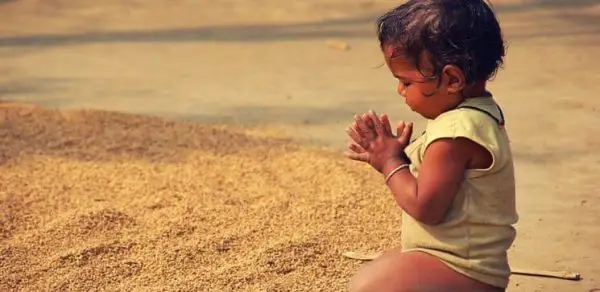FOM November 2022
written by Andrea DiBlasi
Gratitude is defined as: the quality or feeling of being grateful or thankful. The Sanskrit word for thank you/gratitude is dhanyavāda. Gratitude is a word we often hear as we approach the holiday season. Holiday celebrations begin during the month of November, when we celebrate Thanksgiving. We are encouraged to stop and give consideration to all that we are grateful for in our lives. Often, we come together with family and friends to celebrate the beauty of life and relationships. For many beings, the holiday season is a time of year filled with social gatherings and demonstrations of appreciation to that which we are grateful for. We give time and attention to aspects of life that we deeply enjoy. Much time is spent engaging in pleasures such as shopping for the perfect gift, eating good food in the company of our closest relationships, gift giving, and more. What a perfect time to begin practicing gratitude in a more consistent way. Considering how much fulfillment is attained during this time of appreciation and deepening our connections, how rich could our lives be if we intentionally practiced giving thanks daily with deep sincerity?
Various cultures and communities teach being thankful as a practice, a method used to assist us in deepening our connection to ourselves, others and the world. Additionally, it is known to be an integral part of the spiritual path. The idea of giving thanks as a spiritual practice was foreign to me for many years. The first time I was introduced to gratitude, as a practice, was when I embarked on the personal journey of recovery in 2007. In the recovery community, a common saying we frequently hear is, “Have an attitude of gratitude.” We are encouraged to use this practice daily, especially during moments of struggle or despair. Writing a gratitude list is one of many valuable spiritual tools used to assist us in shifting our focus from a state of lack or discontent to a state of positivity and abundance. The notion is that if we can focus on the gifts in our lives, we are safeguarded from self-pity and resentment, which are very destructive to our well-being and effectiveness.
Seems like a pretty simple concept, right? Yes, the concept is simple, but the practice is not necessarily easy. As human beings, our brains are wired to be influenced by negative events, feelings, and thoughts in comparison to positive ones. This is known as negativity bias and has been imperative for our survival as a species. Our negativity bias causes us to give more weight to the negative than the positive. Consequently, this has allowed us to avoid danger and potentially life-threatening situations; Although this was once a very necessary function of our brain, as a result of our evolutionary process, the negativity bias now rarely protects us from danger. Instead, it creates a lot of unnecessary rumination and worry about events of our past, present, and future. It creates a monkey mind. This monkey mind nature is defined as chitta vritti in yogic philosophy.
Pantanjali teaches us that yoga is a practice which eliminates our mental suffering (chitta vritti) and the intentional use of gratitude can do the same. Patanjali’s eight-limbed path includes the concept of santosha which is loosely translated as contentment. “By contentment, supreme joy is gained” — Patanjali, Yoga Sutra 2:42. Bharata Wingham states: “Yoga and gratitude go hand in hand, because they are both practices of going within. Things don’t make us grateful; the world doesn’t make us grateful. We do. When you are at peace, in love, when you’re in your center, you are in gratitude.” Kṛtajña Kerby writes, “contentment and gratitude are closely aligned perspectives because of their focus on enough in the present moment. When we seek happiness from the external world, relying on the next cup of coffee or sunny day, our happiness becomes conditional and unreliable. During stressful times, we can even forget those external things that brought us happiness in the past. Rather than focusing on the lack of what could or will be, gratitude asks us to focus on the here and now, just like yoga.”
Over recent decades, scientific studies have linked gratitude to a variety of health benefits. Gratitude has been found to help foster relationships, heighten connections with others, and promote more compassion. Gratitude has also been shown to improve sleep quality and duration, boost metabolism, increase optimism and improve emotional resilience. Scientific research confirms that practicing gratitude allows us to lead happier and more joy filled lives. This is something which yogis have known for thousands of years. How might we begin to incorporate gratitude in our daily lives or yoga practice? The cultivation of gratitude begins with awareness. We must pay attention enough to notice the good in our lives. Some beings may use a gratitude journal or list to note their blessings. Others may bring the palms together at the heart center, in Anjali mudra, close their eyes, and bow in deep appreciation for the present moment and its gifts. Whatever its form, its impact is evident. The invitation is to explore how you can integrate gratitude in your life, on and off the mat. In conclusion, I would like to take an opportunity to give thanks for the Swan River Yoga community, the asana practice and yogic teachings; all of which have contributed to the betterment of my life and spirit.
